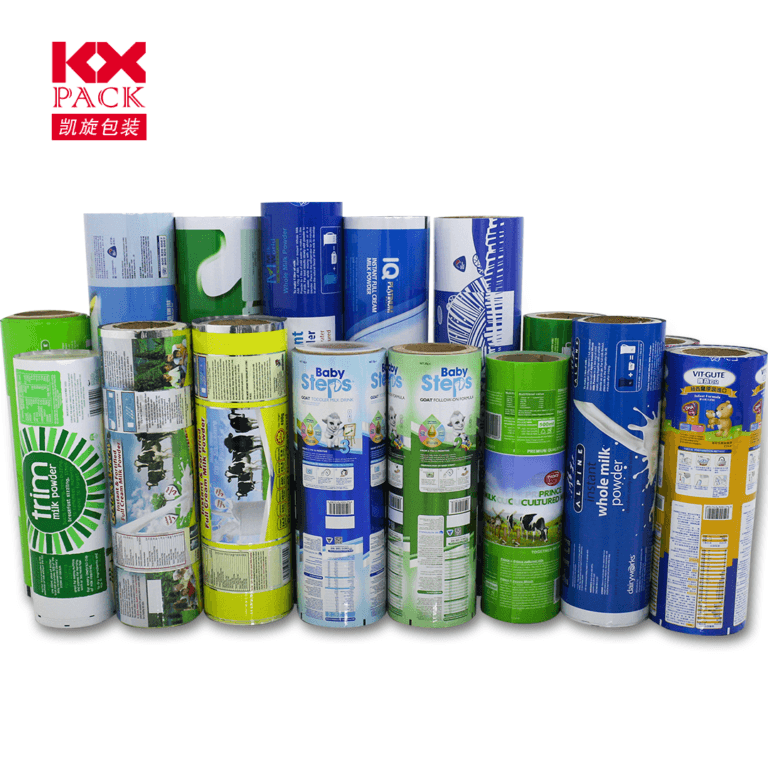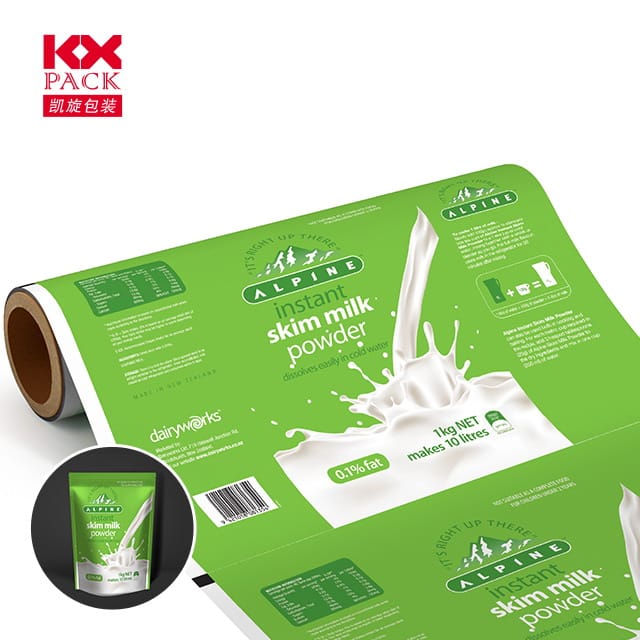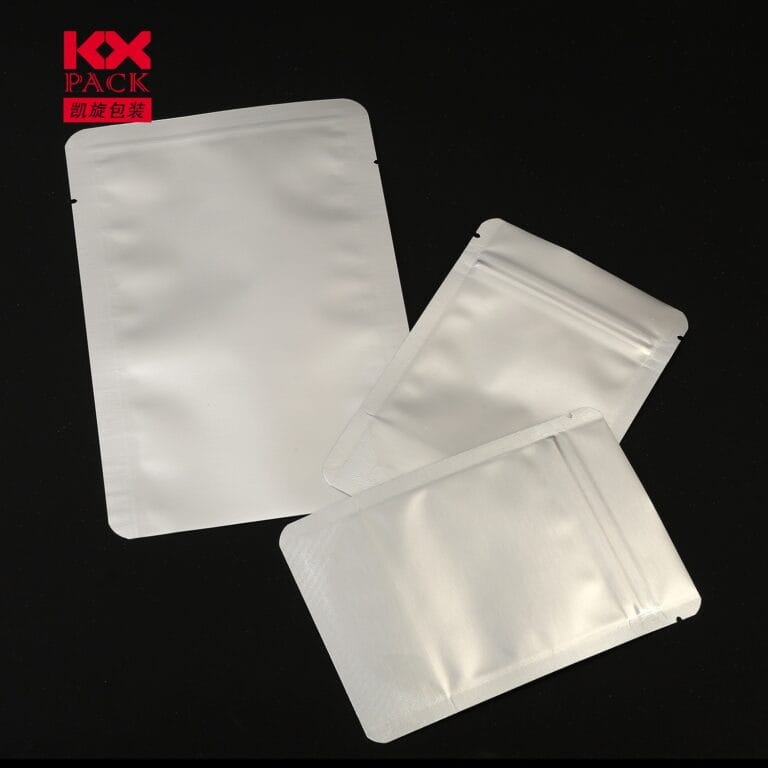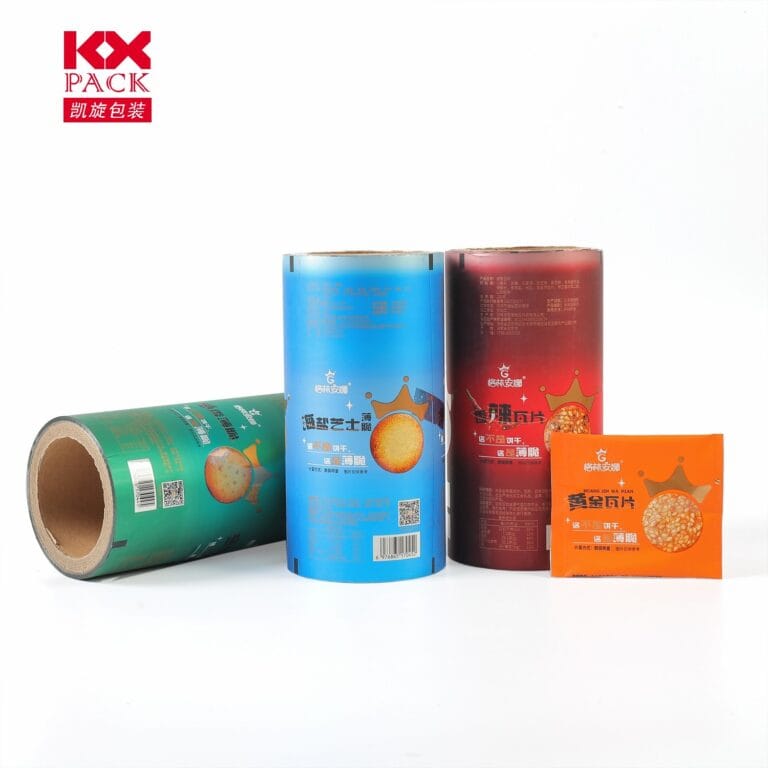L'épée à double tranchant de films plastiques dans des emballages alimentaires: Commodité vs. Durabilité
Films plastiques
Dans les supermarchés du monde entier, Les films plastiques enveloppent tout, des produits frais aux repas précuits, Assurer la fraîcheur et prolonger la durée de conservation. Encore, À mesure que les préoccupations environnementales montent, ces transparents, MATÉRIAUX PLUSATILES CONSEIL. Explorons le rôle des films plastiques dans l'emballage alimentaire, leurs avantages, inconvénients, Et les innovations façonnant un avenir plus vert.
1. Pourquoi les films plastiques dominent les emballages alimentaires
Films plastiques : de fines couches de polymères commepolyéthylène (PE), polypropylène (polypropylène), et chlorure de polyvinyle (PVC)-sont omniprésents pour une bonne raison:
- Pouvoir de préservation: Ils agissent comme des barrières contre l'oxygène, humidité, et contaminants, ralentir la détérioration. Par exemple, emballage sous atmosphère modifiée (CARTE) utilise des films plastiques pour réguler les niveaux de gaz, garder les fraises fraîches pendant des semaines.
- Rentabilité: La production de films plastiques coûte moins cher que des alternatives comme le verre ou le métal, ce qui les rend idéaux pour les produits de grande consommation.
- Léger et flexible: Leur malléabilité permet des formes personnalisées pour les snacks, viandes, et fromages, réduction des déchets de matière par rapport aux emballages rigides.
- Transparence: Les films transparents permettent aux consommateurs d'inspecter les produits sans les ouvrir, renforcer la confiance et réduire le gaspillage alimentaire dû aux produits endommagés.
2. Le bilan environnemental: Une crise en devenir
Malgré leurs avantages, les films plastiques contribuent de manière significative à la pollution mondiale:
- Domination à usage unique: Sur 80% de films plastiques sont utilisés une seule fois et jetés, se retrouvant dans des décharges ou des océans. UN 2022 Une étude a révélé que les emballages en plastique représentent 46% des déchets plastiques mondiaux, les films étant un des principaux coupables.
- Les défis du recyclage: La plupart des films sont non recyclable en raison d'une contamination (Par exemple, résidus alimentaires) ou matériaux mixtes (Par exemple, PE combiné avec des adhésifs). Seulement 4% de films plastiques sont recyclés aux États-Unis, selon l'EPA.
- Menace microplastique: Les films dégradés se transforment en microplastiques, infiltrant les écosystèmes et même les corps humains. La recherche suggère que la personne moyenne ingère 5 grammes de microplastiques par semaine—équivalent à une carte de crédit.
3. Des innovations qui redéfinissent les films plastiques
L’industrie s’oriente vers la durabilité grâce à ces avancées:
- Alternatives biodégradables:
- Acide polylactique (PLA): Dérivé de l'amidon de maïs, Les films PLA se décomposent dans les composteurs industriels 90 journées. Des marques comme NatureWorks utilisent du PLA pour les salades fraîches et les sandwichs.
- Films à base de cellulose: Fabriqué à partir de fibres végétales, ces films sont comestibles et compostables à la maison. Les entreprises aiment Taper proposer des emballages compostables pour les barres granola et les dosettes de café.
- Technologies avancées de recyclage:
- Recyclage chimique: Des processus comme pyrolyse décomposer les plastiques mélangés en matières premières pour de nouveaux films. Nestlé et Danone investissent dans cette technologie pour recycler les emballages flexibles.
- Dégradation enzymatique: Des startups comme Carbios utiliser des enzymes pour dépolymériser les films PET en monomères réutilisables, boucler la boucle.
- Films intelligents pour une durée de conservation prolongée:
- Emballage actif: Des films imprégnés de chasseurs d'oxygène ou agents antimicrobiens (Par exemple, nanoparticules d'argent) peut doubler la durée de vie des denrées périssables comme la viande et le fromage.
- Revêtements comestibles: De fines couches de chitosane (à partir de coquillages) ou cire d'abeille créer des barrières respirantes, réduire la dépendance aux plastiques synthétiques.
4. La route à venir: Équilibrer praticité et planète
Même si les innovations sont prometteuses, des changements systémiques sont nécessaires:
- Poussée politique: Les gouvernements doivent appliquer responsabilité élargie du producteur (EPR) les lois, obliger les marques à financer les infrastructures de recyclage. L’UE Directive sur les plastiques à usage unique interdit les films non compostables 2030.
- Changements de comportement des consommateurs: Éduquer les acheteurs pour qu’ils optent pour des contenants réutilisables ou des achats en gros peut réduire l’utilisation de films. Magasins zéro déchet, qui permettent aux clients de remplir eux-mêmes leurs pots, gagnent du terrain.
- Collaboration avec l'industrie: Des initiatives comme Engagement mondial pour la nouvelle économie du plastique unir 500+ les entreprises doivent éliminer les plastiques problématiques et augmenter le contenu recyclé des films.
Conclusion: Repenser le « emballage » des emballages alimentaires
Les films plastiques témoignent de l'ingéniosité humaine : ils protègent les aliments, réduire les déchets, et permettre le commerce alimentaire mondial. Encore, leur coût environnemental exige une action urgente. En adoptant des matériaux biodégradables, investir dans la technologie de recyclage, et repenser les systèmes pour la circularité, nous pouvons préserver à la fois le confort et la planète.
La prochaine fois que tu déballeras une collation, vous demander: Ce film pourrait-il faire partie de la solution, pas le problème? Partagez vos astuces d’emballage durable dans les commentaires! 🌍🍴







